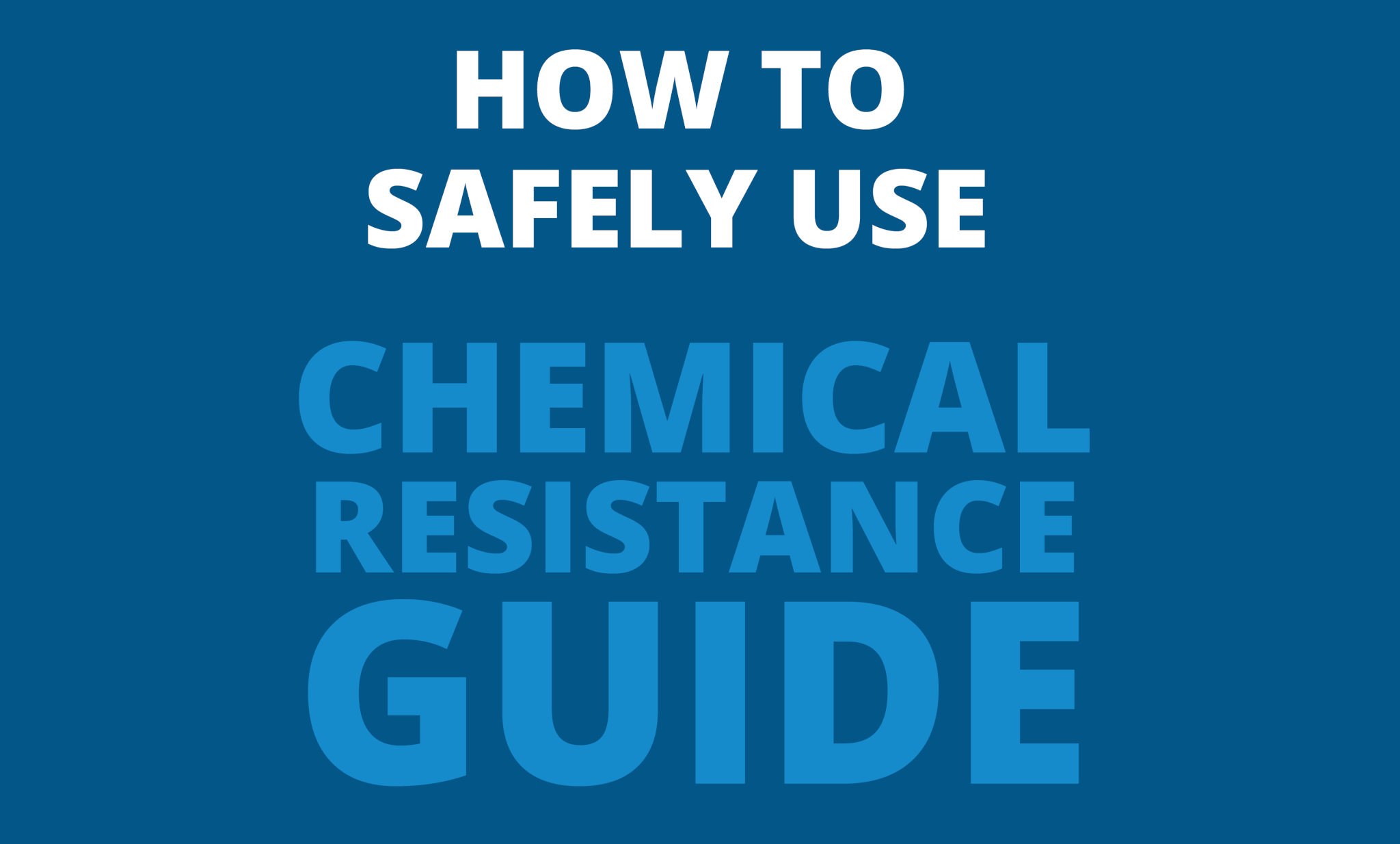We have provided a chemical resistance guide to help determine if a particular hose is resistant to a particular chemical. This guide is provided by the hose manufacturer and is intended as a general guideline.
The chemical resistance guide is an essential tool to reference in the process of selecting and creating the right hose for your specific application. As we know, there are many factors to keep in mind when selecting a hose, and if those factors are not well considered and addressed the result can be dangerous and expensive.
In order to use the information found in the chemical resistance guide safely, a few other factors need to be taken into consideration.
Temperature Considerations
It is common practice to use certain chemicals at elevated temperatures. Temperature can affect the tube material in a hose, which could damage it to the point of malfunction or contamination. Exterior temperatures also play a part in the hose’s wellbeing.
The first column in the chemical resistance guide is the maximum operating temperature for the chemical shown. Even slightly higher temperatures than shown in the guide can make a significant difference in the lifespan of the hose.
Pressure Ratings
Hose pressure is generally measured in pounds per square inch (PSI). When considering the factors affecting the hose, the operators working with the equipment should understand the pressure of their system and any pressure spikes that could occur. When testing an industrial hose, it is important to test the hose up to the maximum surge pressure.
If a hose has not been tested to its maximum working pressure, it could result in blow offs, bursts, or leakage. Any hose malfunctioning can be dangerous, expensive, and time consuming to repair.
While most hoses have printed pressure rating on the hose, pressure (along with temperature) is a factor in determining if a hose is compatible with a specific chemical. Pressure ratings are significantly reduced as temperature increases. The pressure rating of a hose will be reduced by 50% or more as temperatures reach 150°F.
We also periodically pressure test your hose and it’s accessories to the industry standards during the manufacturing process.
Coupling Considerations
A hose is a part of a system that includes the couplings and coupling seals. These components must be evaluated along with the hose to ensure all of the components are compatible with the chemical in question.
The chemical resistance guide is designed to represent the chemical compatibility of the hose liner with the chemical listed. It should be considered a safe guideline for low pressure applications at ambient temperatures.




